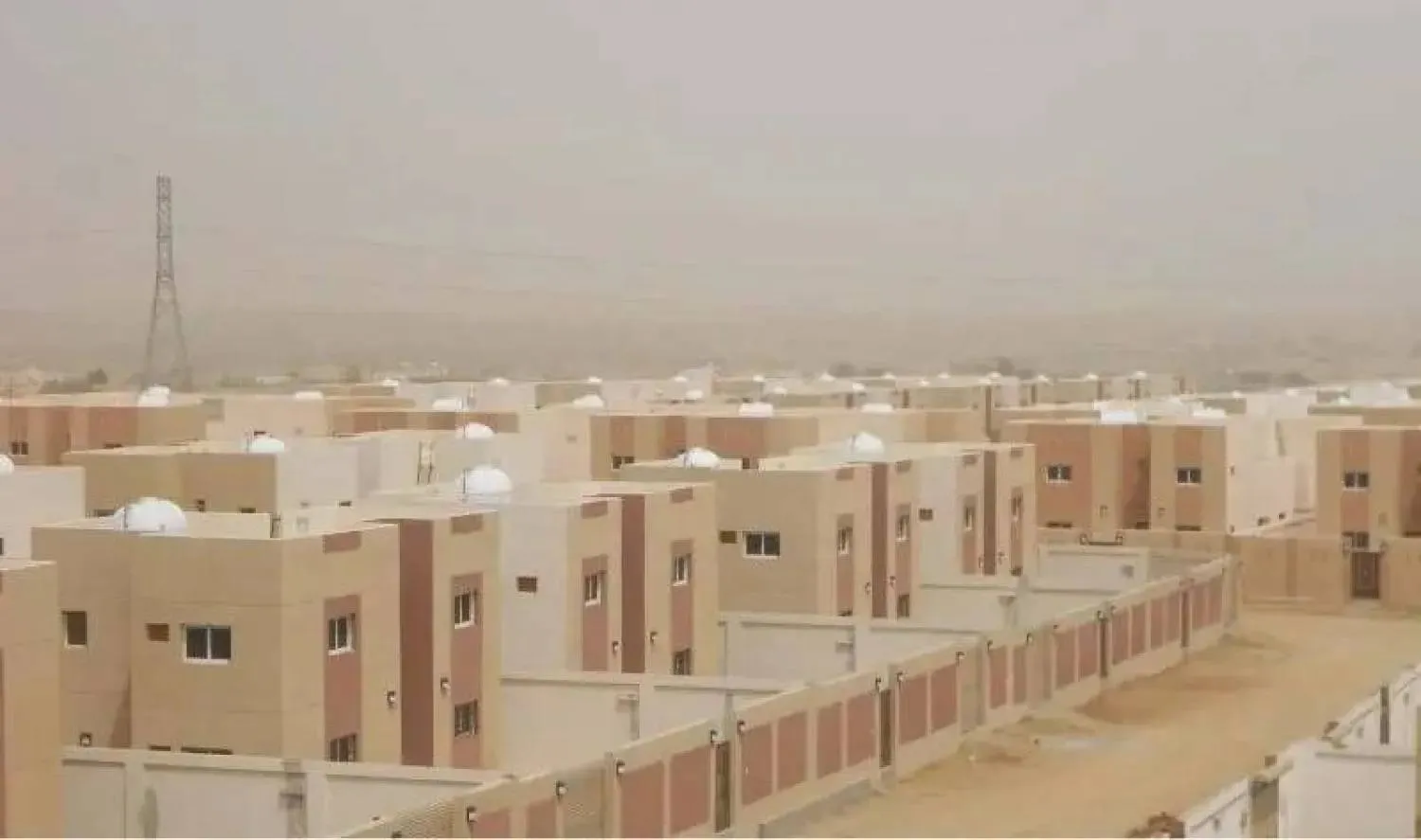With the Saudi economy set on a dynamic track to return to pre-pandemic levels, the Saudi central bank (SAMA) said on Tuesday it is extending a deferred payment program to help small businesses impacted by the coronavirus crisis by another period of three months, starting July 1.
The program - meant to support micro, small, and medium enterprises (MSMEs) affected by precautionary measures during the COVID-19 pandemic - was launched in March 2020.
Moreover, SAMA reaffirmed its keenness to maintain stability in the Kingdom’s financial sector.
SAMA clarified that during this extension MSMEs will be subject to assessment by the financing entities on the extent to which they are still affected by the COVID-19 precautionary measures, in order to be qualified for the extension.
It is worth noting that, since its launch on March 14, 2020 to date, the Deferred Payment Program has benefited more than 106,000 contracts with a total value of deferred payments worth SAR 167 billion.
The number of contracts benefiting from the Guaranteed Financing Program has exceeded 5,282 with a total financing value of more than SAR 10 billion.
The purpose of those programs is to support the liquidity level in the financial sector (banks and finance companies) and to enable the financial sector to ease the economic impact of the COVID-19 precautionary measures on the private sector, especially the MSMEs.
Last March, SAMA announced an extension of the program for three months, ending at Q2 2021. The same reasons for this month’s extension applied then.







